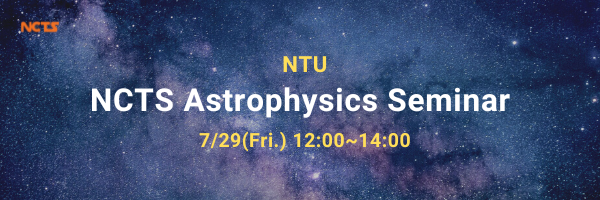| Content |
|
Towards Carbuncle-free Finite Volume Numerical Solvers for Compressible Flow Featuring Entropy Stable Finite Volume Schemes
Somdeb Bandopadhyay (NTU/ASIAA)
Time evolution of non-linear hyperbolic equations often leads to solutions with shocks or contact discontinuities. Numerical approximations of such multi-dimensional shock-waves/contact-discontinuities often exhibit a type of instability called the carbuncle phenomenon. The numerical research community is yet to achieve convergence in deciding the key methods that are required to provide carbuncle-free solutions in general. As such, there is a possibility to get error-prone results from our simulations if we are not careful. The focus of this presentation will be an in-depth discussion of the carbuncle phenomenon and its remedies. We will discuss two main numerical approaches, namely H-correction for conventional Riemann schemes and Entropy stable FV schemes, which can be used to counter the carbuncle problem for compressible flow. The H correction approach acts as a modified version of the Riemann scheme where we add some local dissipation to the original method. Entropy stable schemes take a slightly different approach where the inviscid flux is computed as a combination of a central difference across the cell-face and an upwinded component. The procedure to calculate this "upwinded" component varies between different entropy-stable methods (like KEP, KEPEC etc). Finally, we'll try to discuss and conclude the advantage and disadvantages of both of these approaches.
|
|
Pairwise velocity difference of galaxy clusters between observations and ΛCDM simulation
Chih-Teng Ling (NTHU)
The ΛCDM cosmology has successfully explained many observed phenomena in the Universe. However, the unexpected high colliding velocities of some massive galaxy clusters (e.g., ~3000 km/s for Bullet Cluster) have been suggested incompatible with ΛCDM. To investigate if such high velocity is a universal trend in the Universe, we compare pairwise velocities of observational cluster catalogues maxBCG and GMBCG from SDSS with a simulated N-body cluster catalogue. The catalogues are normalised to have the same density and volume for a fair comparison. We search for cluster pairs in both observed and simulated catalogues and compute their pairwise velocities 𝜎12 between clusters in a pair. As the result, we show the distributions of 𝜎12 in the observed catalogues are almost identical to that in the simulation. The statistically insignificant difference between the observation and simulation indicates that high colliding velocities of galaxy clusters may actually be rare events in the Universe so that they would not disprove ΛCDM.
|
|



